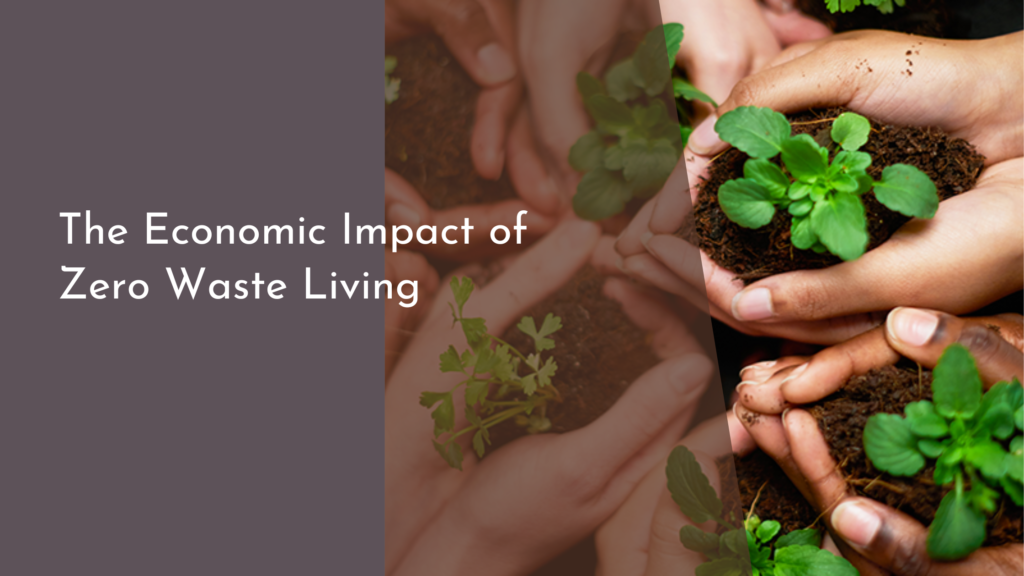Urban Forestry and Urban Rural Linkage Plans
As cities expand and populations grow, the need to integrate nature into urban environments becomes increasingly vital. Urban forestry, which involves the management of trees and green spaces within city landscapes, plays a crucial role in enhancing the quality of life for residents. This article explores the significance of urban forestry today and examines the concept of urban-rural linkage plans, which aim to create a harmonious relationship between urban and rural areas. By understanding these initiatives, we can appreciate how they contribute to sustainable urban living and community well-being.
Embracing Nature: Why Urban Forestry Matters Today
Urban forestry is more than just planting trees; it represents a fundamental shift in how we view our cities and their ecosystems. In today’s fast-paced world, urbanization often leads to the neglect of green spaces, resulting in increased pollution, heat islands, and diminished mental health for residents. Urban forestry initiatives help counteract these issues by providing essential benefits such as improved air quality, reduced heat, and enhanced mental well-being. By incorporating trees into urban planning, cities not only beautify their landscapes but also create healthier environments for their inhabitants.
Moreover, urban forests contribute significantly to biodiversity by serving as habitats for various species. This is especially important as urban areas can become ecological deserts without careful management. By fostering vibrant green spaces, cities can support local wildlife and promote ecological resilience. Urban forestry also engages communities, encouraging residents to take pride in their surroundings and participate in green initiatives. In this way, urban forestry becomes a catalyst for social interaction and community cohesion, allowing people to connect with nature and each other.
Bridging the Gap: Urban-Rural Linkage Plans Explained
Urban-rural linkage plans are strategic frameworks designed to strengthen the relationship between urban and rural areas. These plans aim to create a seamless transition between urban centers and their surrounding rural landscapes, recognizing that both areas are interconnected in terms of resources, economies, and ecosystems. By fostering cooperation, these plans can enhance agricultural practices, improve transportation networks, and share knowledge between urban and rural communities, ultimately benefiting both.
Such linkages also focus on sustainable land use, ensuring that urban expansion does not encroach upon valuable agricultural land or natural habitats. By promoting responsible development and conservation efforts, urban-rural linkage plans help maintain the character and productivity of rural areas while simultaneously addressing the needs of growing urban populations. This holistic approach acknowledges the importance of rural landscapes in supporting urban life, emphasizing that thriving cities and healthy rural communities can coexist and complement one another.
Benefits of Urban Forestry for Communities and Ecosystems
Urban forestry brings a plethora of benefits that resonate deeply within communities and ecosystems alike. For one, the presence of trees and green spaces significantly enhances community aesthetics, making neighborhoods more inviting and enjoyable. Studies have shown that well-maintained green areas can increase property values, attract businesses, and promote tourism. Furthermore, these spaces serve as vital recreational areas, offering residents a place to relax, exercise, and engage in social activities, all of which contribute to improved mental health and overall well-being.
From an ecological perspective, urban forestry plays a critical role in combating climate change. Trees absorb carbon dioxide, mitigate stormwater runoff, and reduce energy use by providing shade during hot months. Additionally, urban forests enhance biodiversity by creating habitats for birds, insects, and other wildlife. This not only contributes to the overall health of urban ecosystems but also fosters environmental stewardship among residents. By nurturing a sense of connection to nature, urban forestry inspires communities to take part in conservation efforts, ensuring that both people and the planet thrive.
Growing Together: Future of Urban and Rural Collaborations
The future of urban and rural collaborations is bright, with increasing recognition of the importance of integrated approaches to land use and resource management. As cities continue to grow, it becomes essential to develop strategies that promote sustainability and resilience. Urban-rural linkage plans are paving the way for innovative partnerships, where urban areas can support rural economies by sourcing local produce and creating job opportunities in sustainable industries. This collaboration not only benefits urban residents but also empowers rural communities by providing them with a reliable market for their goods.
Looking ahead, the incorporation of urban forestry into these collaborative efforts will be crucial. By prioritizing green infrastructure in both urban and rural development, we can create environments that support biodiversity, increase climate resilience, and enhance the quality of life for all residents. The future holds promise for vibrant, interconnected landscapes where urban and rural areas work together in harmony, fostering a sense of community that celebrates both nature and human connection. Together, we can cultivate thriving ecosystems and resilient communities that benefit everyone involved.
In conclusion, urban forestry and urban-rural linkage plans are essential components of sustainable living in our modern world. By embracing nature in urban planning and fostering connections between urban and rural areas, we can enhance the quality of life for all residents and promote healthier ecosystems. As we look to the future, it is vital to continue nurturing these initiatives to create vibrant, resilient communities that celebrate the beauty and benefits of nature. Together, we can cultivate an environment where both urban and rural landscapes thrive, enriching our lives and the planet we share.

